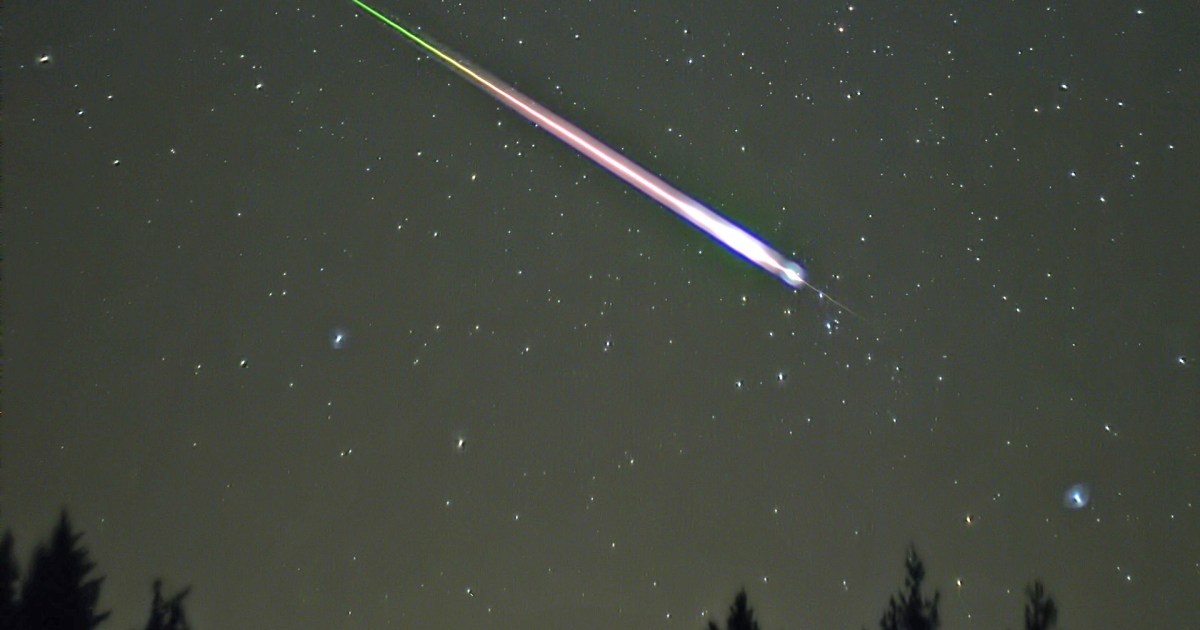
NASA’s top skywatching tips for August include a meetup of Jupiter and Mars, a look at the Perseid meteors, and a view of the Lagoon Nebula.
The space agency shared its ideas about what to look out for in the night sky over the coming weeks in a video that we’ve embedded at the top of this page.
Mars
In August, Mars can be seen zipping by Jupiter, the largest planet in our solar system. You’ll be able to spot them appearing at their closest during the morning sky on August 14, when from Earth they’ll look to be a mere third of a degree apart, which is less than the width of the full moon.
After that, Mars will quickly move away from Jupiter, though on August 27 the crescent moon joins the two planets to form a trio in the morning sky.
Perseids
The Perseid meteor shower is back again this month. This year’s peak night for Perseid viewing is on August 11 and into morning twilight of the following day. Viewing conditions are expected to be favorable this year, as the moon will be setting by around 11:30 p.m. local time, ensuring a reduction of disruptive light from our nearest neighbor. Just keep your fingers crossed for clear skies.
Meteor activity will gather pace from late in the evening until dawn, according to NASA, and those in a dark viewing location can expect to see as many as 75 meteors per hour.
“The Perseids appear to originate from a place in the sky that rises in the northeast, so lie back and face roughly in that direction, but try to take in as much of the sky as you can in your view, as meteors can appear all over,” NASA said.
Lagoon Nebula
August is a good month for observing the Lagoon Nebula, which, like all nebula, comprises a giant cloud of dust and gas with many young, bright stars.
Estimated to be between 4,000 and 6,000 light-years away from the Earth, the Lagoon Neubula is located in the constellation Sagittarius.
“Its oblong structure is about 100 light years long by about 50 light years wide,” NASA said. “It’s a cauldron of intense star forming activity, with many young stars blazing brightly, causing the surrounding gas to glow. That glow is faint and colorless when peering at the Lagoon Nebula through binoculars, but long-exposure photos reveal its colorful nature.”
The Lagoon Nebula appears high overhead in August for folks viewing the skies from the Southern Hemisphere, and quite low for those at higher northern latitudes, but it’s visible throughout the lower 49 United States.
The video offers some tips on how to spot the Lagoon Nebula, but a decent astronomy app will also be able to help.
Services Marketplace – Listings, Bookings & Reviews
